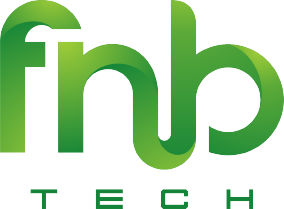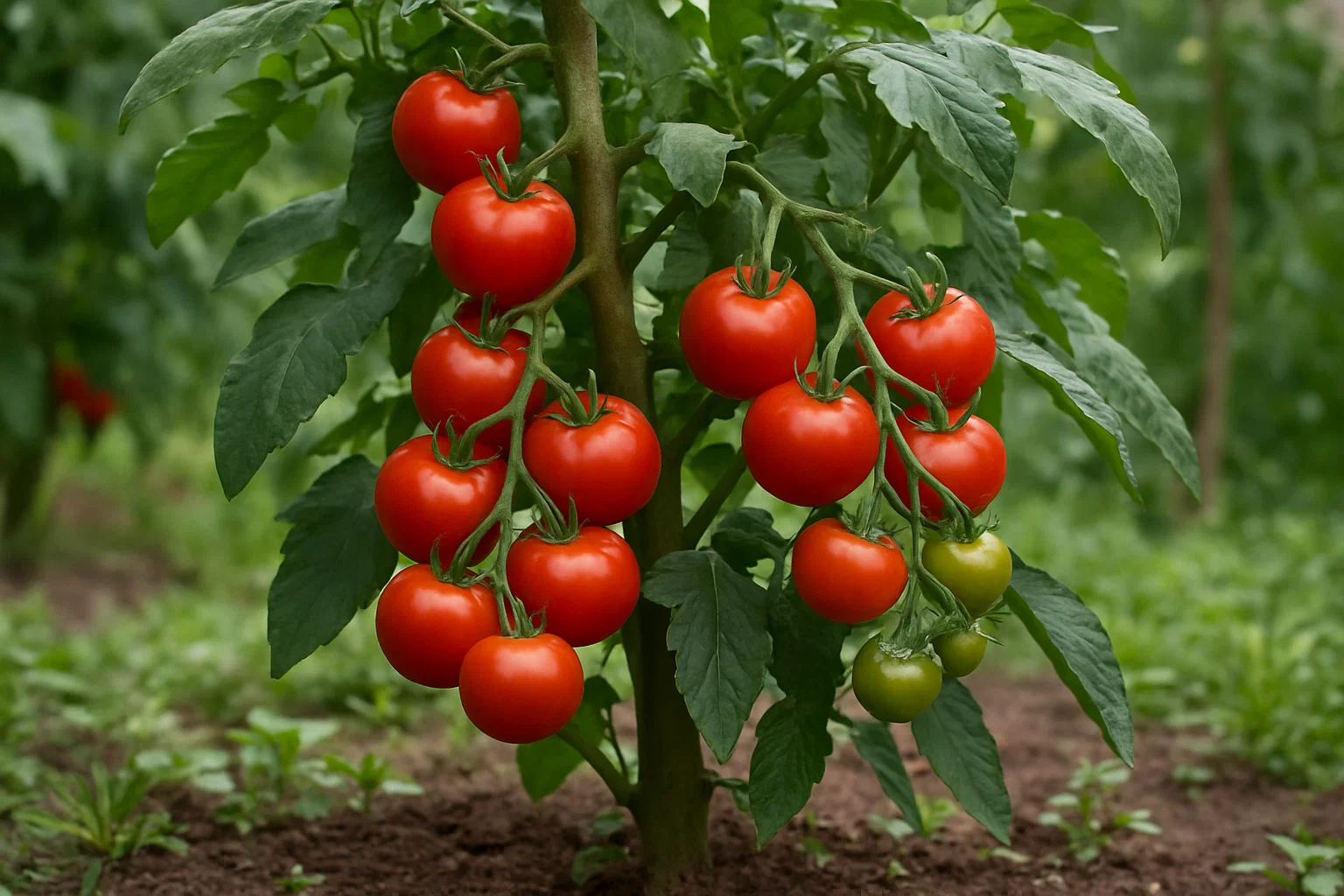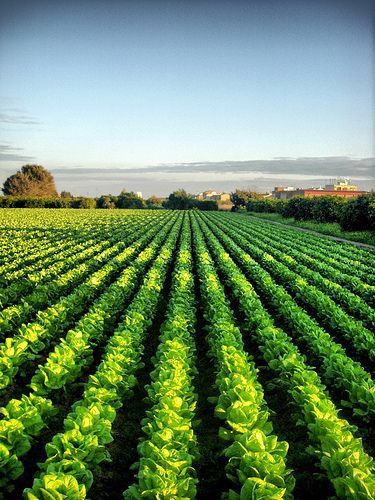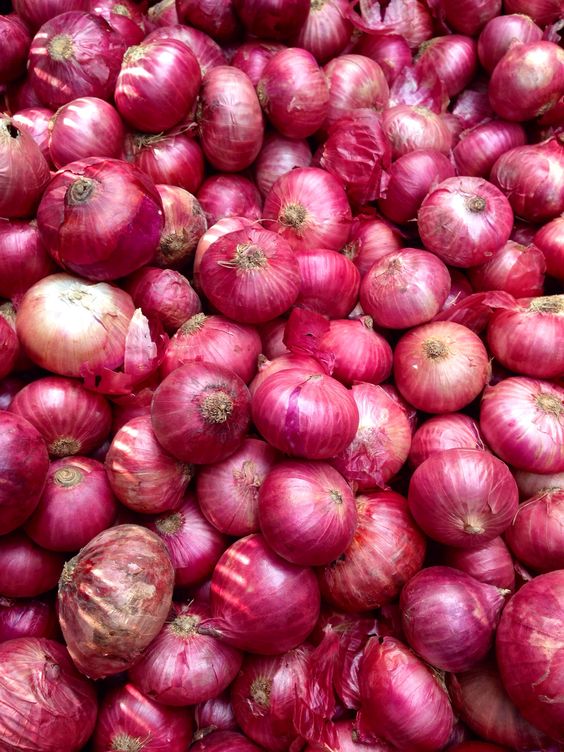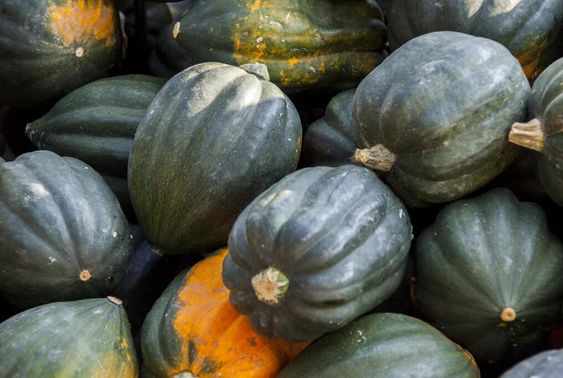Tomato Quality Assessment: Comprehensive Guide to Evaluating and Enhancing Tomato Quality
Tomato Quality Assessment are one of the most widely consumed and versatile crops in the world, playing a vital role in global agriculture. Whether used in salads, sauces, or as a key ingredient in various dishes, the quality of tomatoes significantly impacts consumer satisfaction, market value, and overall agricultural success. Tomato quality assessment is the process of evaluating the physical, chemical, and sensory attributes of tomatoes to ensure they meet specific standards and consumer expectations.
Contents
- 1 Benefits of Tomato Quality Assessment
- 2 Goals of Tomato Quality Assessment
- 3 Key Factors in Tomato Quality Assessment
- 4 Methods of Tomato Quality Assessment
- 5 Challenges in Tomato Quality Assessment
- 6 Ideas for Improving Tomato Quality Assessment
- 7 Topic Suggestions for Further Research
- 8 Practical Applications of Tomato Quality Assessment
- 9 Advantages of Tomato Quality Assessment
Benefits of Tomato Quality Assessment
Quality assessment of tomatoes is crucial for various stakeholders in the agricultural supply chain, including farmers, distributors, retailers, and consumers. Here are some of the key benefits:
- Market Competitiveness: High-quality tomatoes are more likely to command better prices in the market. By ensuring that their tomatoes meet or exceed quality standards, producers can maintain a competitive edge and attract more buyers.
- Consumer Satisfaction: Consumers prefer tomatoes that are visually appealing, flavorful, and free from defects. Quality assessment helps ensure that these preferences are met, leading to higher consumer satisfaction and brand loyalty.
- Reduced Post-Harvest Losses: By identifying and removing substandard tomatoes early in the supply chain, producers can minimize post-harvest losses. This not only reduces waste but also ensures that only the best tomatoes reach the market.
- Improved Shelf Life: Tomatoes that are carefully assessed and handled are more likely to have an extended shelf life. This is particularly important for retailers and consumers, as it reduces spoilage and increases the period during which tomatoes can be sold or consumed.
- Regulatory Compliance: Quality assessment helps producers comply with food safety and quality regulations. Meeting these standards is essential for accessing domestic and international markets and avoiding potential legal issues.

Goals of Tomato Quality Assessment
The primary goals of tomato quality assessment are to ensure that tomatoes meet specific quality standards and to optimize the production and supply chain processes. Some of the key goals include:
- Ensuring Consistency: Consistency in size, color, and texture is crucial for market acceptance. Quality assessment helps producers maintain uniformity across their tomato crops, which is important for branding and consumer trust.
- Maximizing Nutritional Value: Tomatoes are a rich source of vitamins, minerals, and antioxidants. Quality assessment ensures that tomatoes retain their nutritional content, which is important for consumer health and product differentiation.
- Enhancing Consumer Appeal: The visual and sensory appeal of tomatoes is a significant factor in consumer purchasing decisions. Quality assessment ensures that tomatoes are attractive, flavorful, and meet consumer expectations.
- Optimizing Harvesting and Handling: By assessing the quality of tomatoes at different stages of production, producers can optimize harvesting and handling practices to reduce damage and maintain quality.
- Facilitating Market Access: Meeting quality standards is often a requirement for accessing certain markets, particularly international ones. Quality assessment helps producers meet these standards and expand their market reach.
Key Factors in Tomato Quality Assessment
Several factors are considered when assessing the quality of tomatoes. These include:
- Size: Tomato size is a critical factor in quality assessment. Uniform size is preferred for packaging and marketability. Tomatoes are typically classified into different size categories, such as small, medium, and large, based on their diameter or weight.
- Color: The color of a tomato is a key indicator of its ripeness and quality. High-quality tomatoes typically have a uniform, vibrant color that corresponds to their variety and stage of ripeness. Color is often assessed visually or using instruments like colorimeters.
- Texture: Texture refers to the firmness or softness of a tomato, which is important for both consumer appeal and processing. Firmness can be measured using tools like penetrometers, which assess the force required to compress the tomato’s flesh.
- Taste: Taste is a combination of sweetness, acidity, and other flavor components. While taste is a subjective quality, it can be assessed through sensory evaluation panels or by measuring specific chemical markers such as sugar content (Brix) and acidity (pH).
- Nutritional Content: Tomatoes are known for their nutritional benefits, particularly their vitamin C and lycopene content. Quality assessment often includes evaluating the levels of these nutrients to ensure that the tomatoes meet health and dietary standards.
- Shape: The shape of a tomato is also an important quality attribute. Tomatoes that are uniform in shape are more aesthetically pleasing and easier to package and sell.
- Defects: Tomatoes may develop defects such as blemishes, cracks, or bruises during growth, harvesting, or transportation. Quality assessment involves identifying and categorizing these defects to determine the overall quality and marketability of the tomatoes.

Methods of Tomato Quality Assessment
Various methods are used to assess the quality of tomatoes, ranging from traditional sensory evaluation to advanced technological approaches. Here are some common methods:
- Sensory Evaluation: Sensory evaluation involves assessing the appearance, texture, and taste of tomatoes using human senses. This method is often conducted by trained panelists who evaluate tomatoes based on specific criteria such as flavor, color, and firmness.
- Colorimetry: Colorimetry is the use of instruments to measure the color of tomatoes. Colorimeters provide objective data on the hue, saturation, and brightness of tomatoes, helping producers ensure consistency in color across their products.
- Firmness Testing: Firmness testing measures the resistance of tomatoes to compression or puncture. Penetrometers and texture analyzers are commonly used to assess firmness, which is a key indicator of freshness and ripeness.
- Brix Measurement: The Brix scale measures the sugar content in tomatoes, which is an important factor in determining flavor. Refractometers are used to assess the Brix value, providing an indication of the sweetness and overall taste quality of the tomatoes.
- Nutritional Analysis: Nutritional analysis involves measuring the levels of key nutrients such as vitamins, minerals, and antioxidants in tomatoes. This is typically done in a laboratory setting using techniques like high-performance liquid chromatography (HPLC) and mass spectrometry.
- Defect Detection: Advanced imaging technologies, such as hyperspectral imaging and machine vision, are used to detect defects in tomatoes. These technologies can identify surface blemishes, internal damage, and other imperfections that may affect the quality of the tomatoes.
- pH Measurement: The acidity of tomatoes is an important quality attribute that affects both taste and shelf life. pH meters are used to measure the acidity of tomatoes, providing information on their flavor profile and potential for processing.
- Ripeness Index: The ripeness index is a measure of the tomato’s maturity, which is determined by assessing factors such as color, firmness, and chemical composition. This index helps producers determine the optimal time for harvesting tomatoes.
Challenges in Tomato Quality Assessment
While tomato quality assessment is essential, it is not without challenges. Some of the common challenges include:
- Subjectivity in Sensory Evaluation: Sensory evaluation relies on human perception, which can be subjective and vary between individuals. This can lead to inconsistencies in quality assessment results, making it difficult to standardize evaluations.
- Technological Limitations: Advanced quality assessment technologies, such as hyperspectral imaging and machine vision, can be expensive and require specialized expertise. This can be a barrier for small-scale producers who may not have the resources to invest in these technologies.
- Environmental Factors: Environmental conditions, such as temperature and humidity, can affect the quality of tomatoes. Assessing quality in fluctuating environmental conditions can be challenging, as these factors can influence the results of the assessment.
- Post-Harvest Handling: Improper post-harvest handling, such as rough transportation or inadequate storage, can negatively impact tomato quality. Ensuring consistent quality from farm to market requires careful handling practices and quality control measures.
- Varietal Differences: Different tomato varieties have distinct quality attributes, such as size, color, and flavor. Assessing quality across various varieties requires a tailored approach that considers the specific characteristics of each variety.
- Consumer Expectations: Consumer preferences for tomato quality can vary widely, making it challenging to meet all expectations. Producers must balance quality assessment with consumer demands to ensure satisfaction while maintaining efficiency and profitability.
Ideas for Improving Tomato Quality Assessment
To enhance the accuracy and effectiveness of tomato quality assessment, the following ideas can be considered:
- Standardization of Sensory Evaluation: Developing standardized protocols for sensory evaluation can help reduce subjectivity and ensure consistency in quality assessment. This could involve creating reference standards for taste, texture, and appearance.
- Integration of Technology: Incorporating advanced technologies, such as machine vision and artificial intelligence, can improve the precision of quality assessment and reduce human error. These technologies can automate the assessment process, making it more efficient and scalable.
- Training and Education: Providing training for producers and quality assessors on the latest techniques and technologies in tomato quality assessment can enhance overall quality control. This could involve workshops, online courses, and certification programs.
- Data-Driven Decision Making: Utilizing data analytics to monitor and analyze quality assessment results can help producers make informed decisions and optimize their production processes. Data can be used to identify trends, predict outcomes, and improve quality management strategies.
- Collaboration with Research Institutions: Partnering with research institutions can provide access to cutting-edge technologies and methodologies for tomato quality assessment. Collaborative research can also lead to the development of new tools and techniques that benefit the entire industry.
- Consumer Feedback Integration: Gathering and analyzing consumer feedback on tomato quality can help producers align their assessment criteria with market preferences. This can lead to the development of products that better meet consumer demands and enhance satisfaction.
- Sustainability Considerations: Incorporating sustainability metrics into quality assessment can help producers evaluate the environmental impact of their practices. This could involve assessing the carbon footprint, water usage, and waste generation associated with tomato production.
Topic Suggestions for Further Research
There is a wide range of research topics related to tomato quality assessment that can contribute to the advancement of the field. Here are some suggestions:
- Impact of Climate Change on Tomato Quality: Investigate how changing climate conditions, such as temperature fluctuations and extreme weather events, affect the quality attributes of tomatoes.
- Development of Non-Destructive Quality Assessment Methods: Explore new technologies and techniques for non-destructive quality assessment, such as imaging and spectroscopy, that can evaluate tomatoes without damaging them.
- Consumer Preferences for Tomato Quality: Conduct studies on consumer preferences and perceptions of tomato quality, focusing on attributes such as taste, texture, color, and nutritional content.
- Optimization of Harvesting Practices: Research the impact of different harvesting practices on tomato quality, including the timing of harvest and the use of mechanical vs. manual harvesting methods.
- Effect of Storage Conditions on Tomato Quality: Examine how different storage conditions, such as temperature, humidity, and packaging, influence the quality and shelf life of tomatoes.
- Role of Genetics in Tomato Quality: Study the genetic factors that influence tomato quality, including the identification of genes associated with key quality attributes such as flavor, texture, and nutritional content.
- Quality Assessment of Processed Tomato Products: Explore the quality assessment methods used for processed tomato products, such as sauces and canned tomatoes, and identify ways to improve product quality.
- The Economics of Tomato Quality Assessment: Analyze the economic benefits of investing in quality assessment technologies and practices, considering the return on investment for producers.

Practical Applications of Tomato Quality Assessment
Tomato quality assessment has practical applications throughout the production and supply chain:
- Harvest Timing: Quality assessment helps determine the optimal time for harvesting tomatoes, ensuring they are picked at the peak of ripeness.
- Sorting and Grading: Tomatoes can be sorted and graded based on quality attributes, such as size, color, and firmness, to meet different market requirements.
- Packaging and Labeling: Quality assessment informs packaging decisions, such as the type of packaging material used and the information provided on labels, to enhance product presentation and appeal.
- Quality Control in Processing: For processed tomato products, quality assessment ensures that raw materials meet the necessary standards for taste, texture, and safety.
- Supply Chain Management: Quality assessment data can be used to monitor and manage the quality of tomatoes throughout the supply chain, from farm to market.
- Product Development: Quality assessment informs the development of new tomato varieties and products that meet consumer demands for specific quality attributes.
- Regulatory Compliance: Quality assessment helps producers comply with regulatory standards and guidelines, ensuring that their products meet legal requirements for safety and quality.
Advantages of Tomato Quality Assessment
The advantages of tomato quality assessment extend beyond the immediate benefits to producers and consumers:
- Enhanced Food Safety: Tomato Quality Assessment,By identifying and removing substandard tomatoes, quality assessment contributes to food safety, reducing the risk of foodborne illnesses.
- Increased Market Access: High-quality tomatoes that meet international standards can access global markets, providing producers with new opportunities for growth and expansion.
- Environmental Sustainability: Tomato Quality Assessment,Quality assessment can support sustainable farming practices by promoting the use of high-quality seeds and reducing the need for chemical inputs.
- Innovation in Agriculture: The development and application of new technologies for quality assessment drive innovation in the agricultural sector, leading to improved production practices and outcomes.
- Economic Growth: By enhancing the quality and marketability of tomatoes, quality assessment contributes to the economic growth of the agricultural sector and rural communities.
- Consumer Education: Quality assessment provides valuable information that can be used to educate consumers about the nutritional benefits and quality attributes of tomatoes, promoting healthier eating habits.
Tomato quality assessment is a critical component of the agricultural industry, ensuring that consumers receive high-quality, nutritious, and flavorful tomatoes. By employing a combination of traditional and advanced assessment methods, producers can enhance their competitiveness, reduce post-harvest losses, and meet consumer expectations. The benefits of tomato quality assessment extend beyond immediate economic gains, contributing to food safety, environmental sustainability, and innovation in agriculture.
